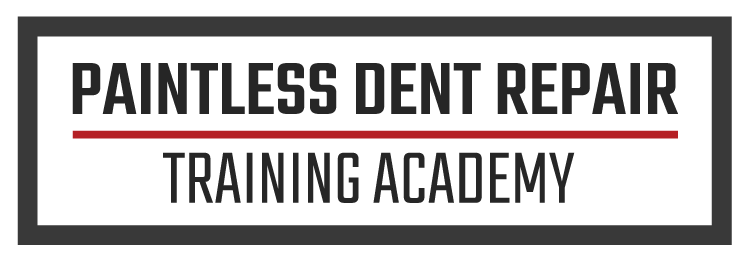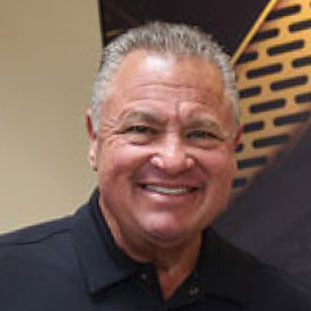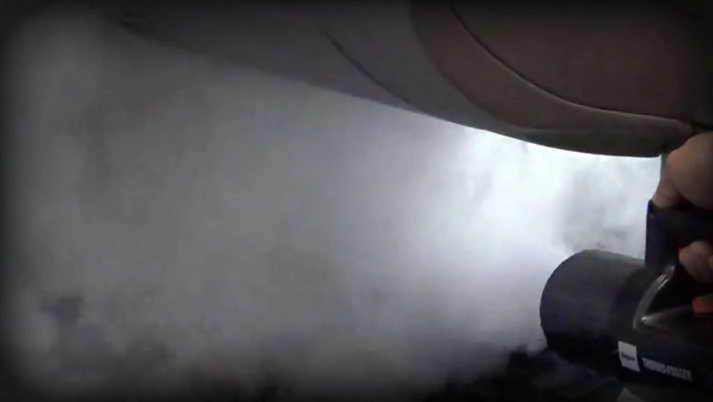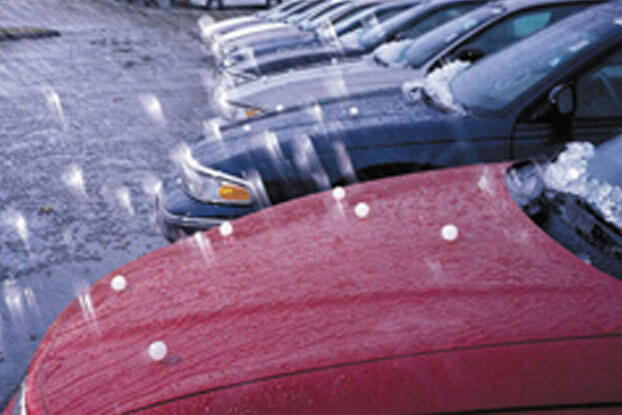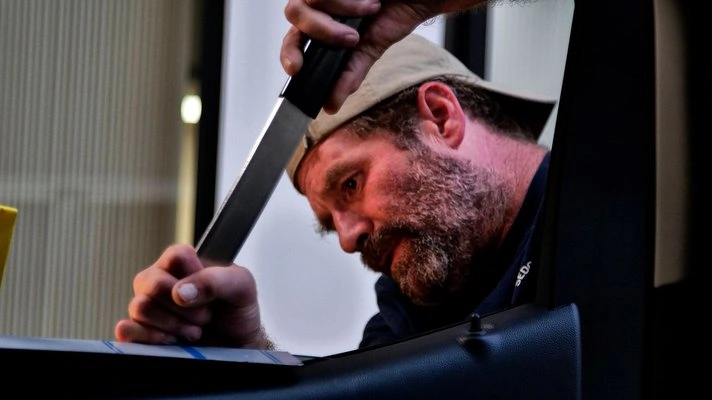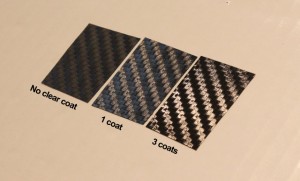So now that you have met the Mr. and Mrs. of urethanes and polyurethanes, which are commonly referred to as the ‘Clearcoats’ because they are the see through final top finish overlying the pigmented paint layers and are more forgiving than the pigmented finishes of days gone by, and yet, they require more care.
Faults in the clearcoat finishes can be more easily corrected than you could do with the vehicles of old. Older vehicle finishes are pigmented finishes which are enamel, lacquer, acrylic or other conventional finish that doesn’t lend themselves well to corrections. Because of this, scuffs, scratches or worse are more serious as you are getting these directly onto the color or pigment of the car. There’s no protection on these older vehicles, when scratched or scuffed you are, in fact, penetrating the color and these types of damages can actually change the vehicles color in that spot. Again, this happens because the final coat of protection for older vehicles, is the pigment, not a clearcoat.
When working with the clearcoat, many scuffs or minor scratches, will never reach the many layers of color, of the vehicle. With the clearcoat finishes these types of scuffs or scratches are far less obvious than the same damage on an older vehicle.
The clearcoat does come with its own set of problems as it is more vulnerable to casual damage and environmental damages and degradation. In order to maintain the clearcoats luster and impregnability, the newer vehicles with clearcoat will need to be washed more frequently, certainly no less than once a week.
So when marking or scratching the newer vehicles by something as simple as placing your coffee cup on the top of the car or for a woman their purse when dragging it off the top, it leaves a mark. Repairing this type of damage is much easier to repair than when the scratch is in the top, color layer of conventional paint as would be found in older vehicles.
Keep following me, our journey is still moving forward.
